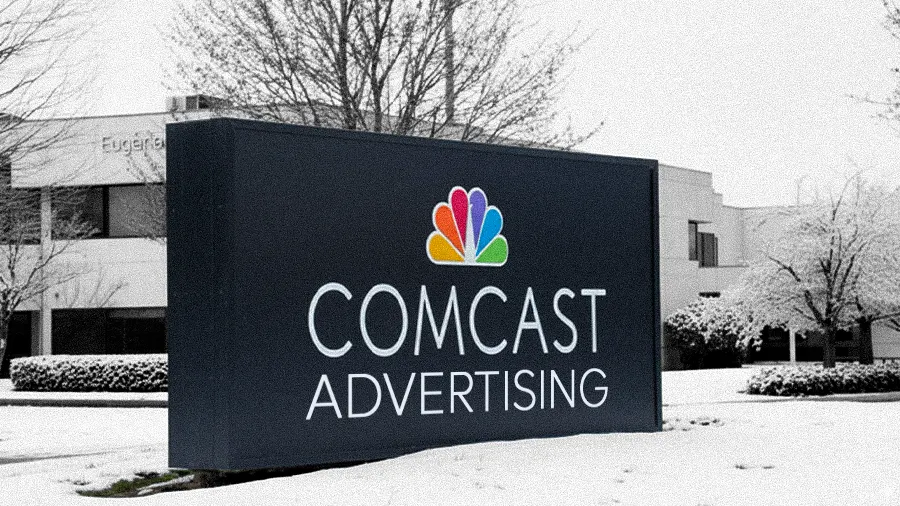


Traditional advertising metrics like impressions and clicks are falling flat, pushing the industry to value the quality of consumer attention over quantity of views.
Massimo de Magistris, VP at Comcast Advertising, explains how the company's "Focus" media package is designed to sell attention as a tradable currency.
He argues that the new model solves the age-old problem of wasted ad spend, creating a win-win for advertisers seeking ROI and publishers justifying their inventory's value.
De Magistris stresses that success depends on building trust through a transparent framework of algorithms, premium inventory, and human expertise.
The long-established currencies of media buying—from reach and impressions to clicks and viewability—are increasingly falling short in today's saturated market. That's why industry leaders are pushing for a more rigorous metric, one that values the quality of consumer attention over the mere quantity of views. Comcast is entering the chat, positioning quality attention as the next currency for advertisers.
We spoke with Massimo de Magistris, the VP and Head of Media Solutions, International at Comcast Advertising, about their new product, Focus, a media package that uses a mathematical model to quantify consumer attention and sell it as a tradable currency. With a career spanning senior leadership roles across Comcast’s ad-tech divisions like FreeWheel and AudienceXpress, de Magistris believes the biggest challenge is educating advertisers on the role the new currency will play.
The forgetting curve: Shifting from established metrics to incorporate a new attention currency is more complex than simply offering a new tool. It necessitates a re-evaluation of what came before. "Every time you introduce a new currency, you have to explain why the old one may not work anymore," he says. "Embracing new scenarios requires you to forget the bad habits of the old ones, and that requires a flexibility and agility that can be hard to achieve."
The simple promise: Comcast's new offering aims to directly solve the problem of wasted ad spend by aligning cost with actual consumer attention. "What we promise the advertiser is: you pay for the attention you get," de Magistris says. "Which is fantastic. However, I am asking advertisers to focus on the new metrics that define attention. You need to be careful when adding the old metrics on top of that, as you might end up creating an average model that doesn't work anymore."
Of course, any new metric is met with a familiar cycle of hype and skepticism. Look no further than "viewability," which was once hailed as a silver bullet before becoming commoditized table stakes. How does attention avoid the same fate? Instead of positioning it as a universal solution, de Magistris frames attention as a premium tool for specific, high-value campaigns—especially for advertisers with products that require explanation.
Premium for a purpose: "If a product’s only unique selling proposition is price, you probably only need two seconds of attention," he explains. "But if you are selling a new cosmetic where you have to explain the benefits, that requires more time and attention. Advertisers should be willing to pay more for that. Some may test this model and decide it’s too expensive for them, and that's fine."
A win-win operation: The result for right-fit advertisers, he says, is a win-win: publishers gain a solid justification for their inventory's value, while buyers get "a very solid argument you can explain to finance" to secure budgets. "If we succeed in making this a powerful currency in the market," de Magistris says, "then it will be a win-win operation for all players."
But the entire "win-win" framework collapses without one thing: trust. In an era of proprietary algorithms, de Magistris deconstructs the product into a transparent framework built on proven components. "Our approach is built on three pillars. First, a solid mathematical model tested with thousands of users. Second, the premium publisher inventory. And third, the human expertise of a managed service team that ensures the technology and AI work together effectively. It's a new solution to solve an old advertising problem."